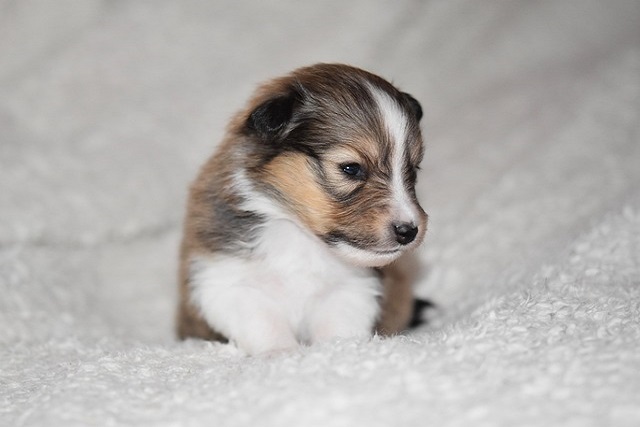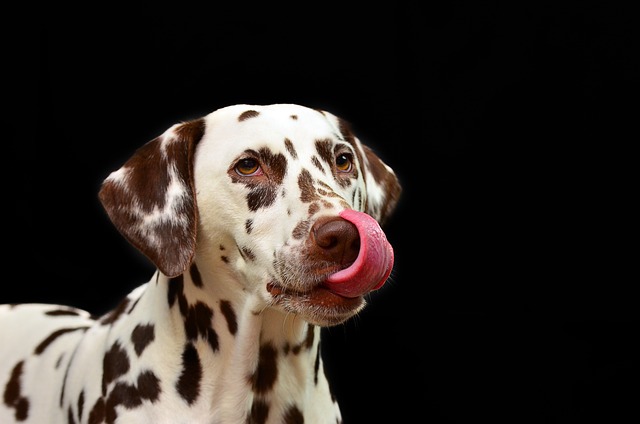
how to cut dog nails without nail cutter
You’re ready to trim your dog’s nails, but then realize you don’t have a nail cutter at hand. As a new dog owner in the U.S., this unexpected situation can be stressful.
Grooming a small dog – sounds simple, right? Just a quick brush, maybe a bath, and you’re done. At least, that’s what many people think. But as someone who’s spent years working with both dogs and their devoted humans, I can tell you grooming is about so much more than just keeping your pup looking cute. It’s an essential part of their overall health, well-being, and even your relationship with them. Actually, the benefits of small dog grooming reach far beyond the surface, impacting both physical health and emotional happiness for your pint-sized companion. Let’s dig into why grooming matters so much and how you can build a routine that makes both you and your dog happier and healthier.
It might surprise you how many health issues can be prevented or managed through regular grooming. For starters, brushing your small dog helps distribute natural oils across their skin and coat, making it shinier and more resilient. That’s not just for show—healthy skin forms a barrier against infections and irritations. More importantly, each grooming session gives you a chance to check for hidden issues like ticks, fleas, or lumps. I’ve personally caught early signs of skin allergies and even tiny embedded ticks during a seemingly routine brushing. When you groom your dog, you’re basically doing a hands-on health check that no vet visit can replace. Plus, trimming nails prevents painful overgrowth that can affect your dog’s gait, and cleaning their ears can keep infections at bay, especially in breeds prone to ear problems. In short, good grooming habits don’t just keep your small dog looking adorable—they play a vital role in their long-term health.
Now, there’s something special about the emotional side of grooming that often gets overlooked. Imagine the world from your small dog’s perspective: you’re their safe place, their everything. When you take the time to brush them or gently bathe them at home, you’re building trust in a language they understand. At-home grooming for small dogs isn’t just about convenience—it’s about connection. Many anxious or sensitive dogs start to relax once they know what to expect during grooming, especially when it’s done by someone they love. Over time, these quiet moments can help reduce your dog’s anxiety, especially around handling or vet visits. I’ve seen formerly nervous pups transform into relaxed, affectionate companions just because their owners made grooming a regular, positive experience. It’s a chance to slow down, focus, and show your dog how much you care—without saying a word.
If you’re ready to start a small dog grooming routine at home, you’ll want to approach it with a plan. First, gather the right tools: a gentle slicker brush or comb suitable for your dog’s coat type, a mild dog shampoo (never human shampoo—trust me on this), nail clippers designed for small dogs, a soft towel, and dog-safe ear cleaning solution. Experts generally recommend brushing your small dog at least several times a week—more often if they have a long or curly coat. Baths can be given every few weeks, but always tailor the frequency to your dog’s needs and consult your veterinarian if your pup has skin issues.
Start each session in a calm, quiet area where your dog feels safe. Gently brush in the direction of hair growth, rewarding your dog with praise or a tiny treat for staying still. Keep an eye out for mats, especially behind the ears and under the legs. For nail trimming, just take the tip off—cutting too close can hurt and make your dog fearful. Ears should be checked for redness or odor and wiped gently with a vet-recommended solution. Finally, when it’s bath time, use lukewarm water and keep it short and sweet. Always dry your dog thoroughly, especially in cooler months, to prevent chills.
I know some dogs don’t exactly leap onto the grooming table with excitement. If your pup is nervous, try introducing grooming tools slowly—let them sniff and investigate before you start. Break sessions into short, manageable steps and use treats or favorite toys as rewards. Some owners find it helpful to play calming music or gently massage their dog before beginning. And here’s a little secret: your mood matters, too. If you’re relaxed and patient, your dog will pick up on that energy. If something isn’t working—maybe your dog hates the nail clippers—pause, take a breath, and try again later. Consistency, not perfection, is the real goal. Over time, even the most hesitant pups usually come around.
When you weave grooming into your routine, you’re investing in your small dog’s health, comfort, and happiness. It’s not just about detangling fur or trimming nails; it’s about early detection of health problems, building deeper trust, and creating memories together. I truly believe that a well-groomed small dog is a happier, healthier one—and so is their human. If you haven’t made grooming a consistent part of your life yet, now’s the perfect time to start. Your dog will thank you, in their own quiet way, every time you pick up that brush or share a gentle moment together.

You’re ready to trim your dog’s nails, but then realize you don’t have a nail cutter at hand. As a new dog owner in the U.S., this unexpected situation can be stressful.

That moment when your sleek Boxer trots across your Chicago apartment floor, leaving a tumbleweed trail of hair clinging to your socks?

Imagine your fluffy Bernedoodle, Charlie, shaking mud across your Seattle apartment after a rainy walk in Discovery Park. Those beautiful curls now hide stubborn mats

Bringing a dog home is like welcoming a new family member, but it comes with important responsibilities. From daily needs to long-term health, getting the basics right sets your furry friend up for a happy life.

Seeing your dog’s not only tugs at your heart but also raises concerns about what’s safe to put in their bowl. Navigating your pet’s diet during this time requires a blend of caution and care,

There’s nothing quite like your dog bounding towards you for a hug, but those clicking nails on the hardwood might be more than just an annoying sound—they could signal it’s time for a trim.